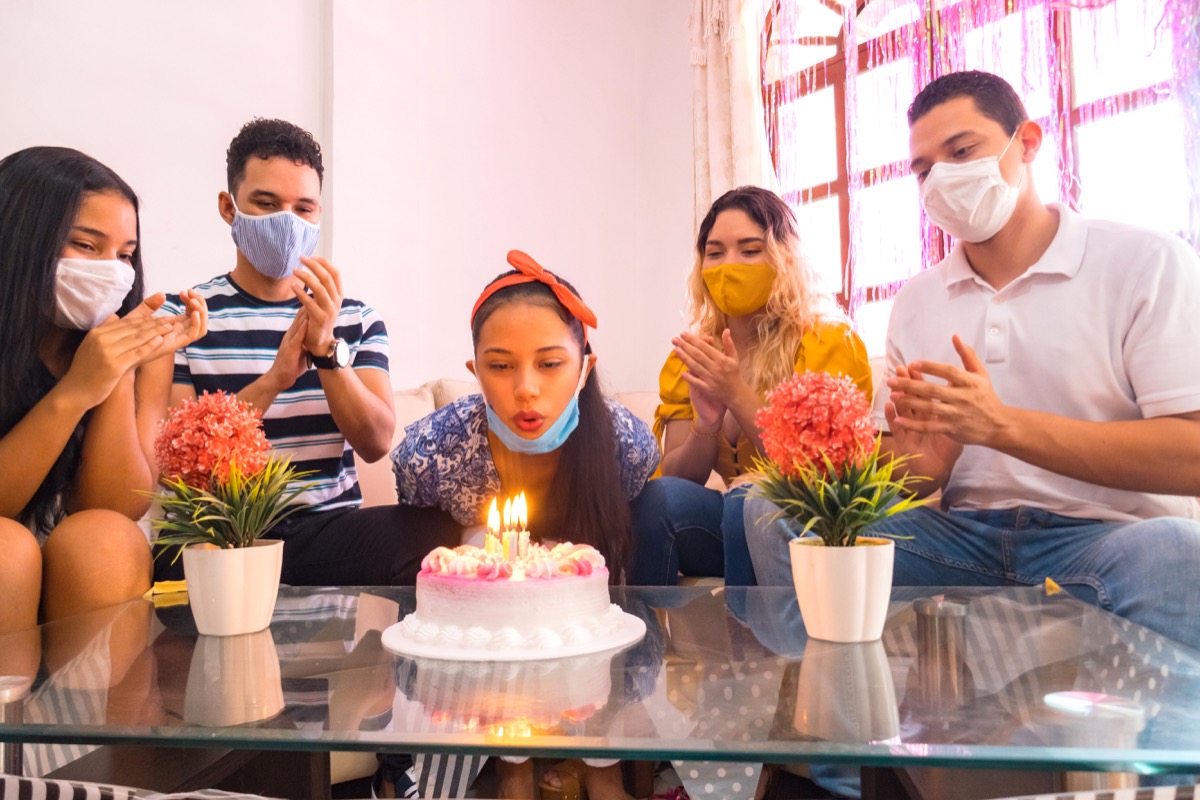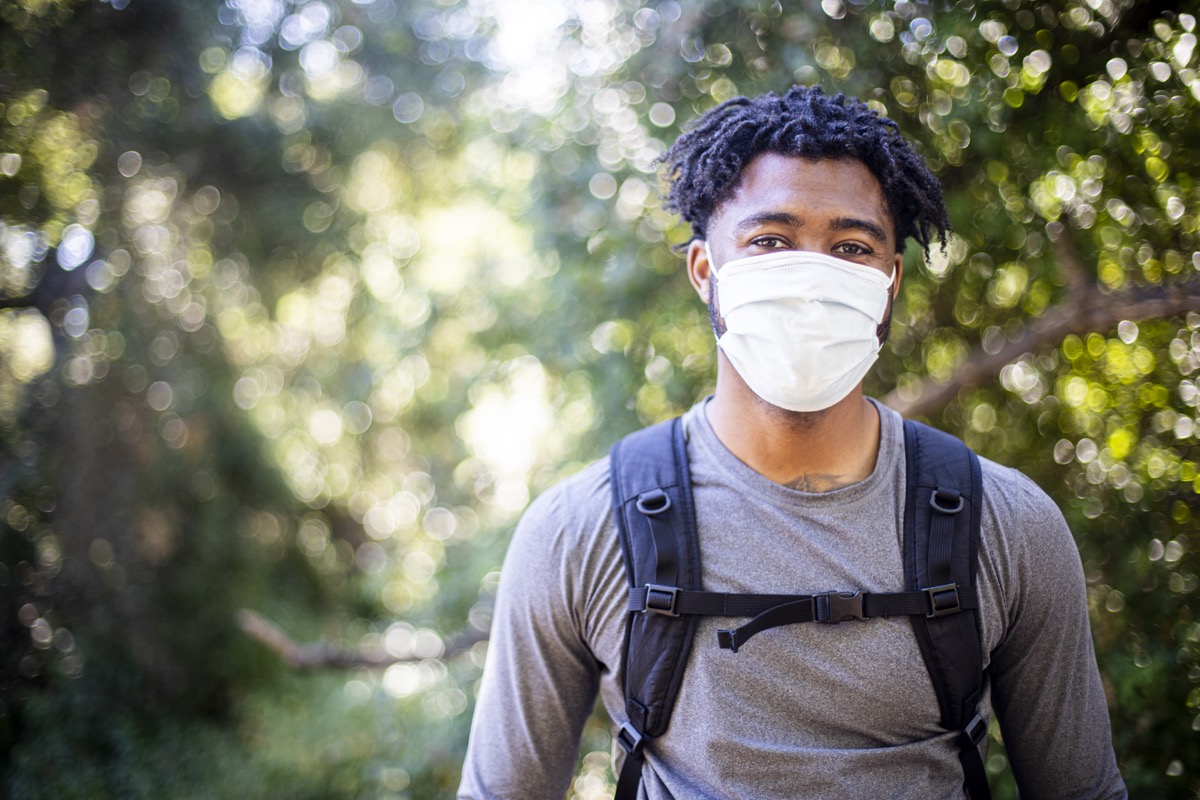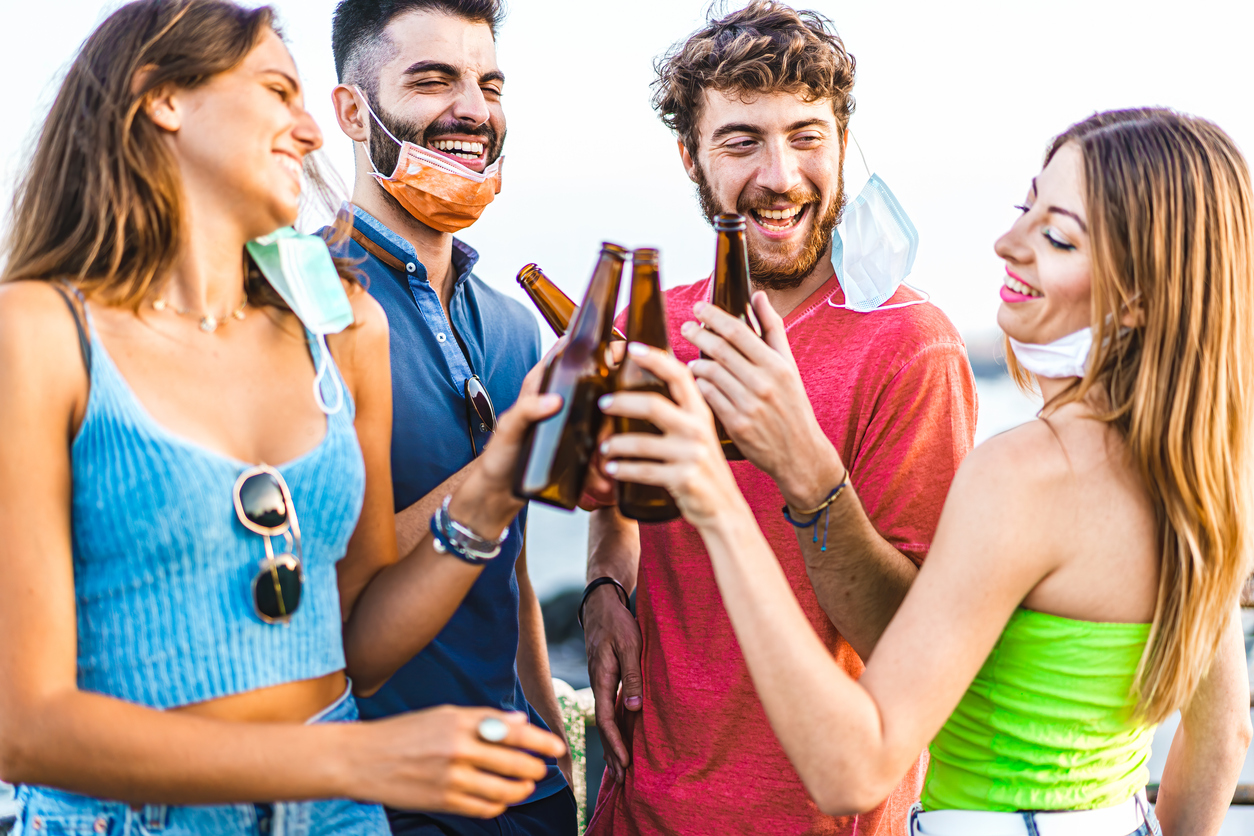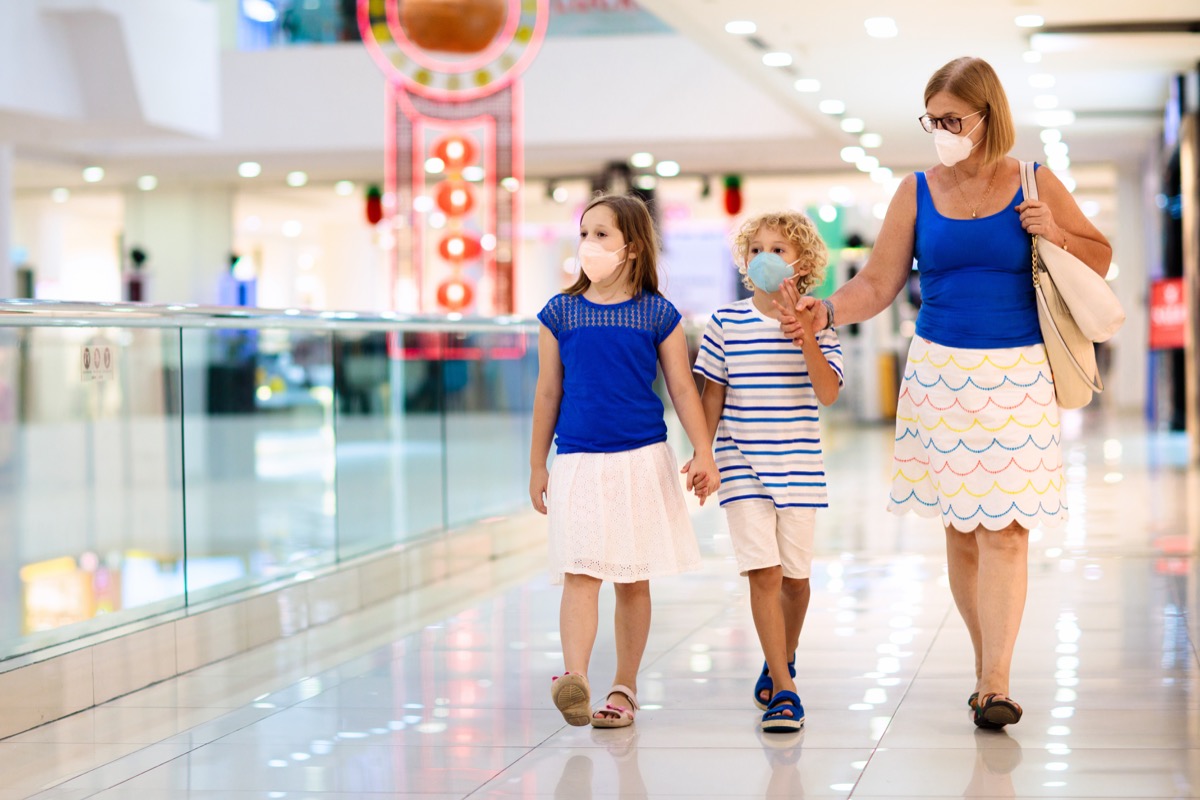A pair of scientists from the Massachusetts Institute of Technology (MIT) developed a website based on mathematical models of transmission, allowing users to see the risks posed to them by selecting very specific conditions in any given situation, such as room size, if masks—and which type—are being worn, ventilation, humidity levels, and crowd size, Fast Company reports. The tool makes it possible to see how dangerous practically any situation can be, from sitting in a living room with friends to shopping at Walmart to attending a large concert. And while the possibilities are infinite, it quickly becomes clear which factors can create the most risk. Read on to see how quickly you could get COVID from an infected individual at a dinner, for example, and for more on signs you may already be sick, check out If You Have This Symptom, There’s an 80 Percent Chance You Have COVID. Read the original article on Best Life. John Bush, PhD, one of the site’s creators and a professor of applied mathematics at MIT, said that while basic health rules were helpful, assuming that they were 100 percent effective in all situations was “dangerous” and “overly simplistic.” For example, one situation that Fast Company looked at was a Thanksgiving dinner in a 20-foot-by-20-foot room with 10 attendees, normal humidity, normal speaking volume, and masks removed to allow for eating. What the tool found was that you could “safely” spend only 18 minutes in that situation before infection became a concern. And for more on the next phase of fighting the pandemic, check out If You’re This Age, You May Be Last to Get the COVID Vaccine. Tweaking small details about the dining scenario also greatly affects the results. If you and all the guests wear masks made of coarse cloth instead of eating, for example, the amount of safe time jumps up by two minutes. And by simply opening a window and increasing ventilation, you’re safe for an additional six minutes. “To protect against airborne transmission, it is common sense that the exposure time, room size, ventilation, and human activity must also be considered,” Martin Z. Bazant, PhD, a co-creator of the tool, wrote. “Standing 6 feet apart is safe for a few seconds, but maybe not for a few hours…[And] social distance can be safely reduced if face masks are worn.” And for more regular COVID updates, sign up for our daily newsletter. Also in the same dining room scenario examined by Fast Company, your risk changes drastically with a few other efforts—like if you swap cloth masks for surgical grade ones, that means the amount of safe time you could spend in a room with someone with COVID skyrockets to a full two hours. And for more on what makes a mask effective, check out If Your Mask Doesn’t Have Three of These, It’s Not Really Working. But what happens when some simple errors are factored in? When accounting for people in the room pulling their face covering below their nose or wearing a mask that doesn’t fit properly, the amount of safe time again dropped down to just 32 minutes. Even these small changes amounted to major swings in how safe a scenario can be. And for more on what makes a mask unsafe, check out If Your Face Mask Has One of These, Stop Using It Immediately.ae0fcc31ae342fd3a1346ebb1f342fcb The only problem with the MIT tool is that each of these scenarios assumes that only one person in the full count is infected. This poses a problem as skyrocketing numbers from coast-t0-coast make it more likely that multiple people could be spreading COVID in a single room, especially if it’s a big room. According to Fast Company, changing the settings to mimic a typical 180,000-square-foot Walmart found that it would be safe to spend 68 minutes shopping if 1,000 customers were diligently wearing cotton masks and only one person had COVID. But at a time when some cities such as Chicago have as many as one in 15 people infected, setting foot inside to shop would be a much riskier scenario. And for more ways to determine your chances of getting sick, This Is the Easiest Way to Tell If You’ve Been Exposed to COVID.




